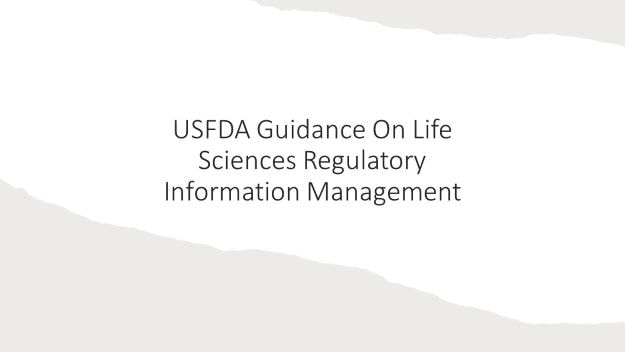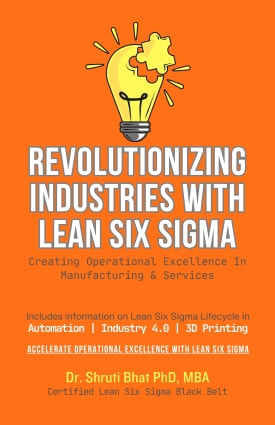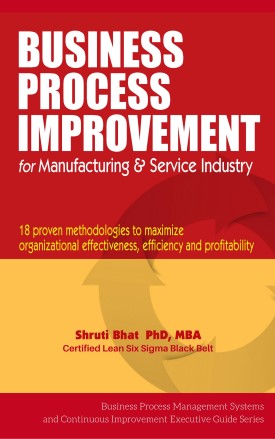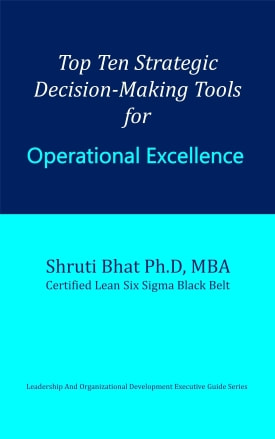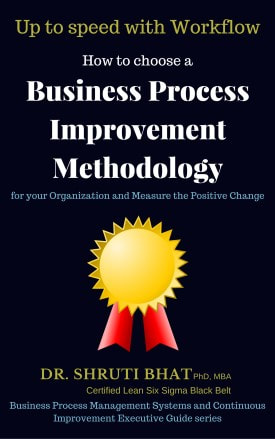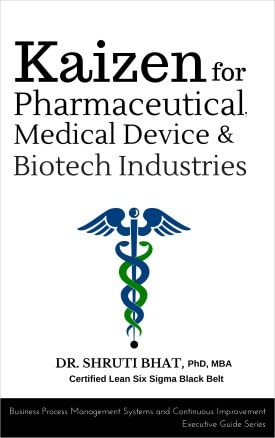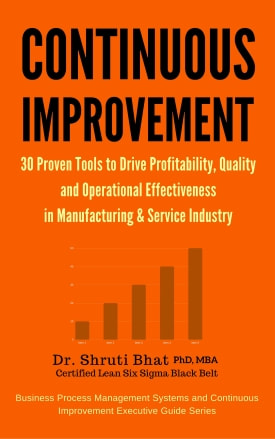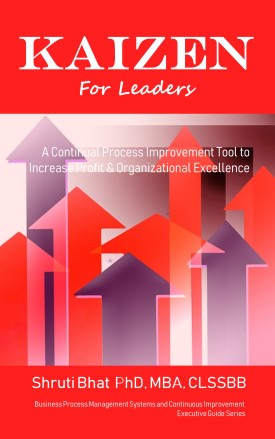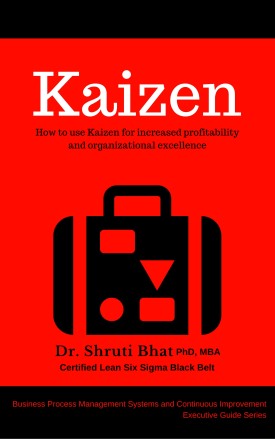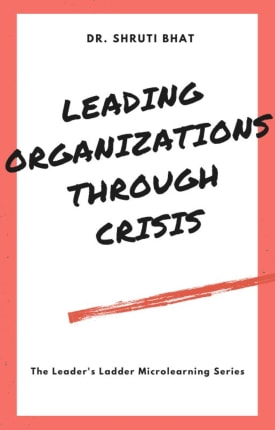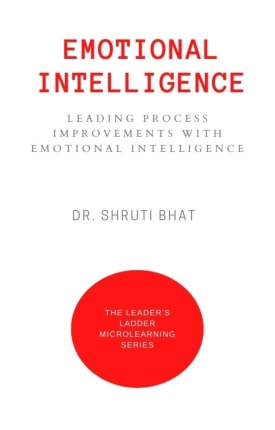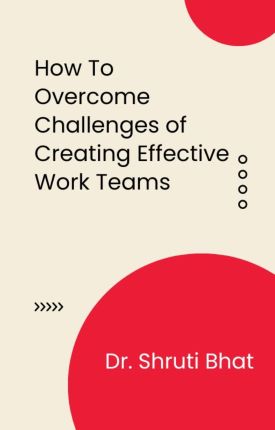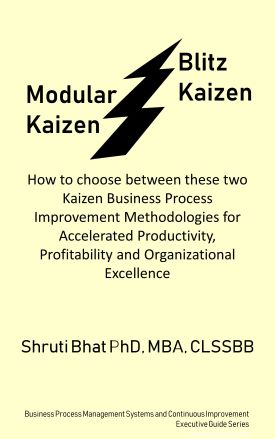Data integrity
The USFDA has issued guidance for life sciences companies to improve data integrity. The guidance lays out the steps pharmaceutical firms must take to identify and manage data integrity risks and mitigate them. This includes implementing robust systems and effective data integrity controls. The guidance is intended to help pharmaceutical companies improve patient safety by reducing data integrity risks.
The guidance emphasizes the need for manufacturers to include cybersecurity information in their premarket submissions. It also specifies what kind of cybersecurity information should be included in those submissions.
Computer system assurance
The USFDA has issued a guidance that will improve computer system validation for the life sciences industry. This guidance will simplify the testing process while emphasizing critical thinking, risk management, and patient safety. Not only will it reduce the amount of documentation and cost, it will also make software systems more effective, allowing for faster time to market.
Computer system assurance is an essential part of a pharmaceutical organization's compliance program. The process involves testing a computer system to ensure that it meets regulatory requirements and is functional. It also includes testing it after it has undergone updates. It is not optional for companies, however, as the quality of their software systems could impact their approval by the FDA. By the way, I’ve a separate post touching upon transition from CSV to CSA. You may check it out here.
Data access to regulatory information
The Regulatory Information Management (RIM) process helps life sciences companies manage and control the processes involved in bringing new products to market, maintaining existing products on the market, and interacting with government regulators.
The regulatory process is becoming increasingly complex and demanding, and RIM is a key element of this process. As this process becomes more complex, the need for transparency increases as well. The future of RIM will likely include more digitally accessible data, allowing companies to better manage their registrations and comply with the regulations that govern them.
Data access is vital to life sciences regulatory information management, as the volume of information generated by the life sciences industry continues to grow exponentially. As a result, this sector must embrace new data analytics technologies to streamline the process and improve data quality. By leveraging data, RIM teams will be able to focus on higher-level strategic projects, rather than manually reviewing and analyzing information.
Integrated RIM solutions
The regulatory landscape for the life sciences industry is increasingly complex and evolving. To stay on top of the regulations and comply with the latest guidance, life sciences companies are turning to a new generation of RIMS solutions. A holistic RIM platform provides a streamlined approach that enables companies to realize long-term business benefits.
RIMS, or regulatory information management systems, allow life sciences companies to consolidate and analyze global regulatory information to support their submission planning, activity status, agency correspondence, and commitments for products. By combining machine learning with integration and automation, RIMS creates a single, digital regulatory thread. These solutions automate complex processes and provide predictive insights.
In addition to providing regulatory information, RIM systems also provide a full range of reporting, including custom dashboards, production registrations, standards, and documentation. These reports allow teams to monitor key information at a glance, as well as measure and benchmark their progress.
Regulatory affairs liaisons
The USFDA has issued guidance for the management of regulatory information related to a new drug application. This guidance covers a range of topics including the development and review of a drug application, the use of regulatory information, and the preparation of supporting studies and documentation.
Regulatory affairs is the process of working with the FDA to ensure that a new drug application or biological product meets the regulatory standards required for human use. This process is highly detail-oriented and requires good writing and communication skills.
The life sciences industry faces many challenges. Costs continue to rise, new markets are emerging, and regulatory bodies are increasing their demands. As a result, regulatory information management is becoming increasingly complex. The life sciences industry spends several billion dollars annually on managing its content and information.
Related Reading:
- Operational Excellence FAQ: Why should you modernize regulatory information management in life sciences organizations?
- Challenges in Modernizing Life Sciences Regulatory Information Management Systems
- Economic Impact of Life Sciences Regulatory Information Management
- What are the drawbacks if Regulatory Information Management (RIM) of life sciences organizations is not modernized?
- Modernize regulatory information management to improve operational excellence in life science organizations
- How to Overcome Challenges in Life Sciences Regulatory Information Management
- Benefits of modernizing life sciences Regulatory Information Management
- Transitioning from Computer Software Validation (CSV) to Computer Software Assurance (CSA)
Follow Shruti on Twitter, Facebook, YouTube, LinkedIn
Categories: Life Sciences | Operational Excellence | Continuous Improvement
Keywords and Tags:
#CSAguidelines #computersoftwareassurance #CSVguidelines #CSVtoCSA #lifesciences #continuousimprovement #operationalexcellence #continuousimprovementforlifescienceindustry #changemanagement #cGMP #cGLP #cGAMP #goodmanufacturingpractices #goodlaboratorypractices #goodautomatedmanufacturingpractices #FDA

